Sayonara, Tropicana: A Look at the Golden Age Casino’s Colorful History as it’s Final Structures are Demolished
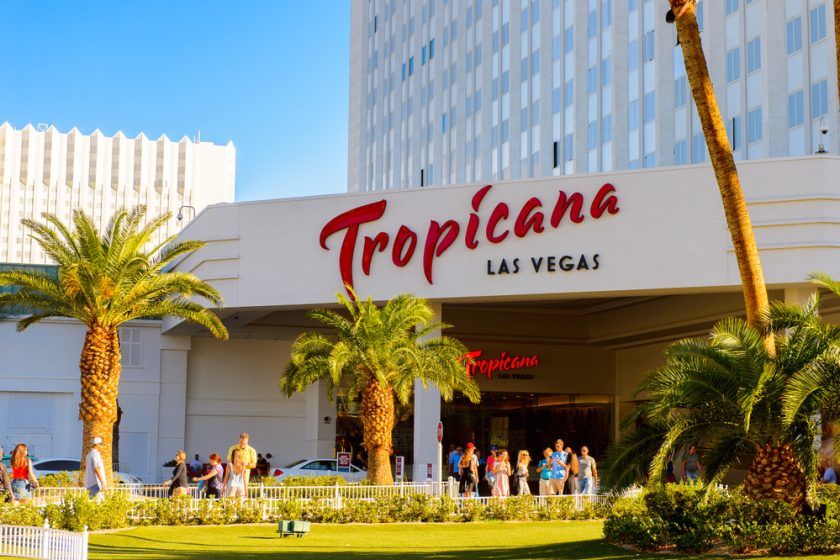
When it first opened in 1957, the Tropicana was the most expensive casino in Nevada. Affectionately dubbed the “Tiffany of the Strip,” the Las Vegas Sun once described the $15 million casino complex as having “lush luxury, extremely good taste, warmth, intimacy, and functional efficiency.”
Initially surrounded by desert roads, the Trop bore witness to the rapid expansion of the Strip. Its once luxurious interior became incongruous with the modern direction that the Strip was taking.
Despite numerous changes of ownership and a $180 million renovation project from 2009-2011, the Tropicana was a relic of the Golden Age. Bally’s Corporation bought the casino in 2022 and made the decision to demolish the Trop and build a $1.5 billion baseball stadium and casino resort in its place.
The Trop is the latest of numerous original Las Vegas casinos to face this fate. Stardust (opened 1958), the Sands (1952), the Dunes (1955), the New Frontier (1955), the Desert Inn (1950), El Rancho (1941), the Aladdin (1966), the Hacienda (1956), and the Riviera (1955) have all been demolished over the last few decades.
The Tropicana officially closed for business on April 2, 2024, and demolition began the very same month. With the last remaining structures scheduled for demolition on October 9, 2024, let’s take a look at the fascinating history of one of the Strip’s most beloved casinos.
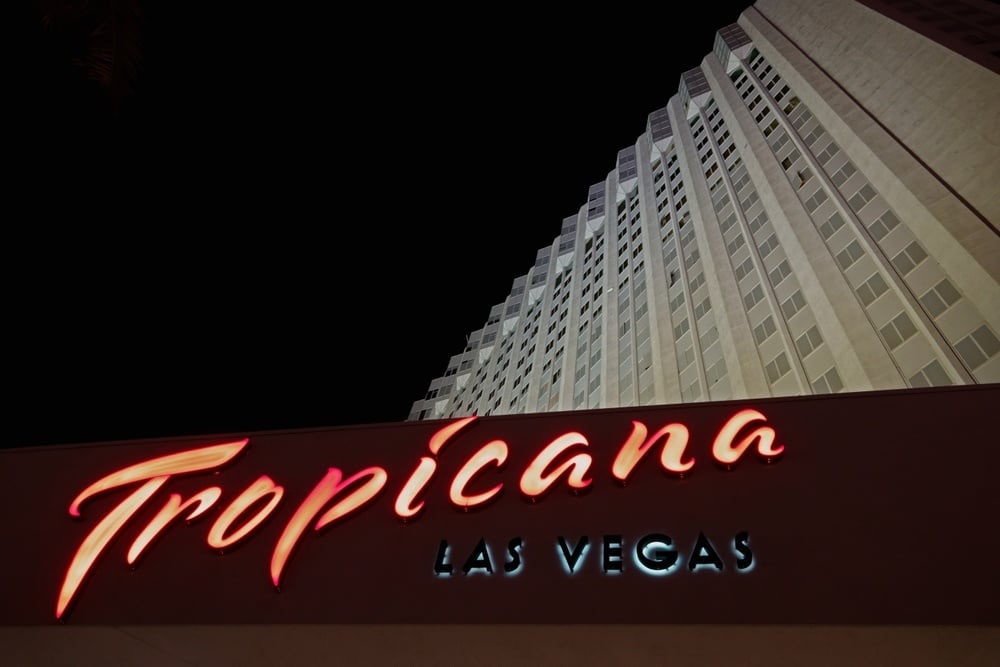
Image Credit: Kilmer Media/Shutterstock
Mob Business
The Tropicana was built by Conquistador Inc. in 1957. “Dandy” Phil Kastel, Conquistador’s owner, had long been associated with infamous mob boss Frank Costello, running the Beverly Club in New Orleans on Costello’s behalf and sharing a slot machine route in Louisiana.
However, in an interview with the New York Times, Kastel resolutely denied Costello’s involvement in the operation, insisting he had “no interest” in the Tropicana.
Less than a month after the Tropicana’s grand opening, Costello was shot in the head by a henchman of Vito Genovese, a rival Mafia boss.
Though Costello survived the attempt on his life, police found a note in his coat pocket that detailed the Tropicana’s total earnings as of April 27 ($651,284), including a total of $36,000 to be skimmed for his associates “L” and “H.”
The Nevada Gaming Control Board, founded two years prior, refused to license Kastel because of his explicit mob associations. Kastel was forced to step back and allow local casino executive J.K. Houssels, who was already presiding over the casino, to take full control of the operation.
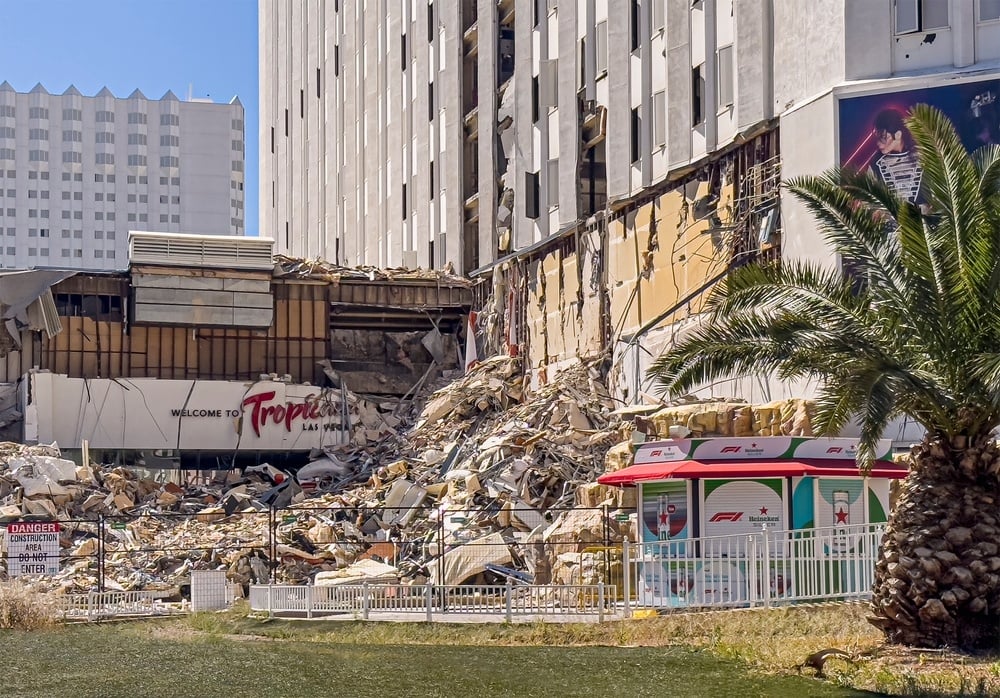
Image Credit: Claudine Van Massenhove/Shutterstock
Les Folies Bergere
Vegas in the 1950s was a time of wild and riotous fun, not only because of the influx of new gambling hotspots but also because of the world-class singers, musicians, and exotic entertainers who performed late into the night.
During the Golden Age of Vegas, numerous top casinos, such as the Sands, the Flamingo, and Stardust, featured showgirl performances. Still, the Tropicana boasts the longest-running production, spanning almost 50 years.
The same year the Trop opened, Harold Minsky, a New York-based burlesque show manager, opened Vegas’ first topless revue at the Dunes. It was more of a risque burlesque performance than the glamorous showgirls associated with Vegas today. Dancer and choreographer Donn Arden opened a showgirl revue at the Stardust Hotel the following year, inspired by the Lido de Paris.
Rather than create a facsimile of the sophisticated Parisian showgirls, the Tropicana transported them directly to the Vegas Strip. Debuting on Christmas Eve 1959, the Folies Bergere opened at the Tropicana and didn’t close until March 2009, running for almost 50 years.
Much like the Tropicana itself, the iconic Vegas showgirls are now a relic of the past. The last real showgirl revue – Jubilee! at Bally’s Las Vegas – lowered its lights in 2016.
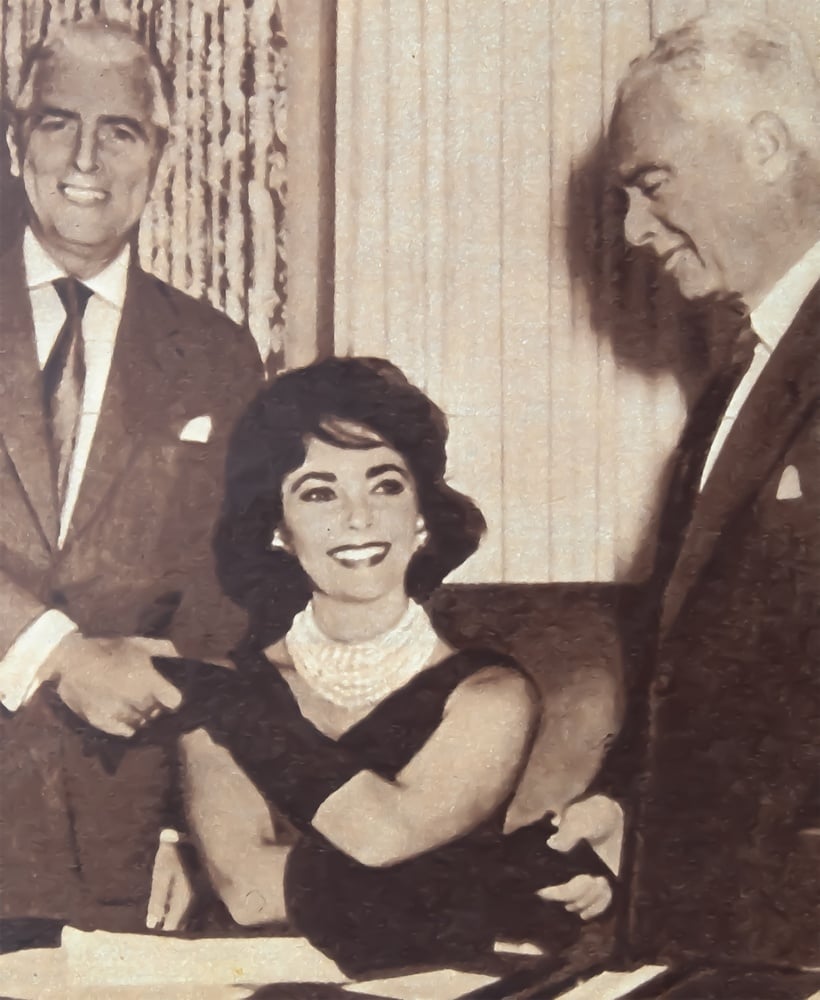
Image Credit: Ralf Liebhold/Shutterstock
Famous Faces
Elizabeth Taylor, widely considered the most beautiful woman in Hollywood and the subject of endless gossip thanks to her seven marriages, lived out one of her biggest scandals at the Trop.
It was here that she married her fourth husband, singer and actor Eddie Fisher, just three hours after his divorce from America’s sweetheart Debbie Reynolds in 1959.
Fisher had a residency at the Trop at the time and spent their wedding night crooning love songs to Taylor, who watched in the audience.
Around a month before Taylor’s wedding, she was spotted chatting to Sammy Davis Jr. about her hopes to marry Fisher. Along with global stars Frank Sinatra and Dean Martin, Sammy Davis Jr. was a founding member of the Rat Pack and made regular appearances at the Tropicana, performing as part of the group and on his own.
He also bought an 8% share in the Tropicana in 1972, making history as the first black man to own a share in a Las Vegas resort.
Other celebrity attendees include Elvis Presley, Liberace, Tina Turner, Joan Rivers, Joe Biden, James Caan, Roger Smith and Ann-Margret, Martin Sheen, Bill Clinton, Pamela Anderson, Kitty Dolan, and many, many more.
The Tropicana was dubbed the “Tiffany of the Vegas Strip” for its opulence and glamor. It’s no wonder, then, that it was chosen as a filming location for the 1971 James Bond film Diamonds Are Forever. Other films to feature the Trop include Elvis Presley’s Viva Las Vegas (1964) and The Godfather (1972).
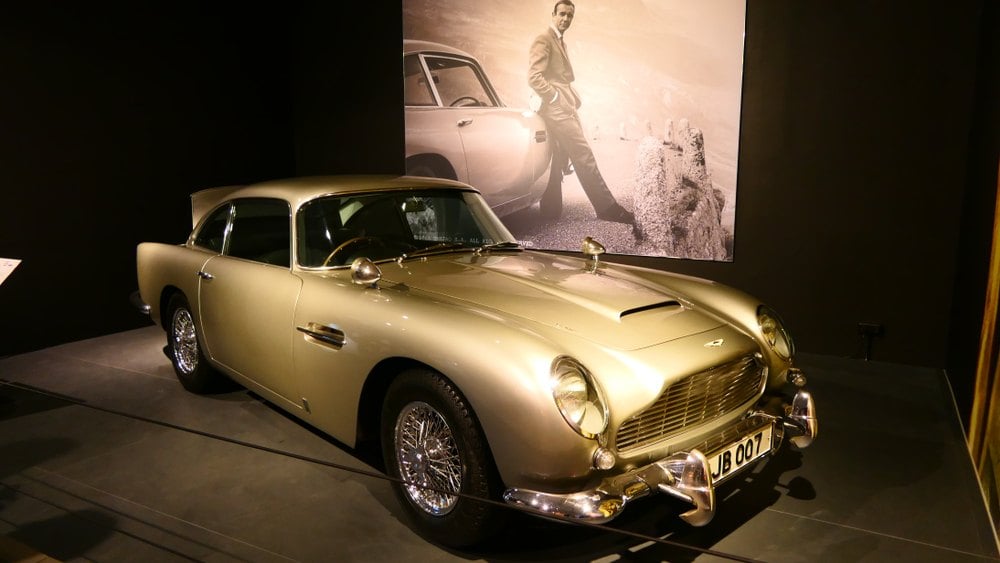
Image Credit: Friemann/Shutterstock
Operation Strawman
In 1978, the casino once again fell victim to mob skimming. Joe Agosto, a producer for the Folies Bergere at the time, had been siphoning money from the Tropicana to the Kansas City crime family, also known as the Kansas City Mafia or Civella crime family.
The FBI launched Operation Strawman, a five-year probe that investigated the involvement of mobsters at the Tropicana and other major Strip casinos by wiretapping the phones and known hangout spots of notable mobsters.
Through the operation, the FBI discovered a money-skimming conspiracy that extended beyond Nick Civella and the Kansas City crime family, with cash also distributed to mobsters in Cleveland, Chicago, and Milwaukee.
Agosto was indicted in 1981, along with Nick Civella, his brother Carl Civella, Carl “Tuffy” DeLuna, and Carl Thomas. Thomas, like Agosto, had been caught skimming money from Tropicana. Agosta testified that they had intended to skim $50,000 from the casino every month, and his testimony resulted in the conviction of all five defendants in 1983.
Thomas was found guilty of 10 counts of skimming totaling $280,000 and sentenced to 15 years in prison. Agosta was looking at a sentence of 20 years but died of a heart attack while in federal custody.

Image Credit: Negativ
What’s Next For The Tropicana?
The Tropicana ceased operations on April 2, 2024, two days short of the casino’s 67th anniversary. Demolition began the same month, and the two hotel towers – the only structures still remaining – were demolished on October 9, 2024.
Controlled Demolition Inc., the company in charge of the operation, filled the steel-framed Paradise Tower with 490 pounds of explosives at 220 points across the hotel. Meanwhile, the concrete-framed Club Tower needed 1,700 pounds of explosives to fill 1,130 boreholes around the building.
Fireworks by Grucci organized a 555-drone and fireworks show to bid a final, glorious goodbye to the legendary casino complex.
Once the implosion button was pressed, both the steel and concrete structures collapsed within 22 seconds.
Construction on the 33,000-seat A’s Stadium, which will become the home of the Oakland Athletics, is due to start in the second quarter of 2025, with a completion goal of 2028. The indoor-outdoor structure will have five overlapping layers to allow natural light and views of the Strip and to minimize heat and direct sunlight.
It will have tiered seating, an 18,000-square-foot jumbotron (the largest screen in MLB), and the world’s largest cable-net glass window. The stadium complex will also provide 2,500 on-site parking spots and a three-acre plaza.
The ballpark itself will cover nine of the 35-acre Tropicana site. The remaining area will include a new casino and hotel resort, the specifics of which have not yet been revealed.
Title Image Credit: Anton_Ivanov/Shutterstock


